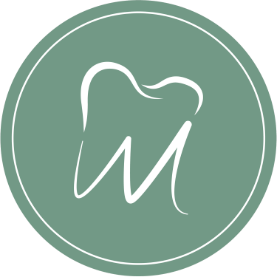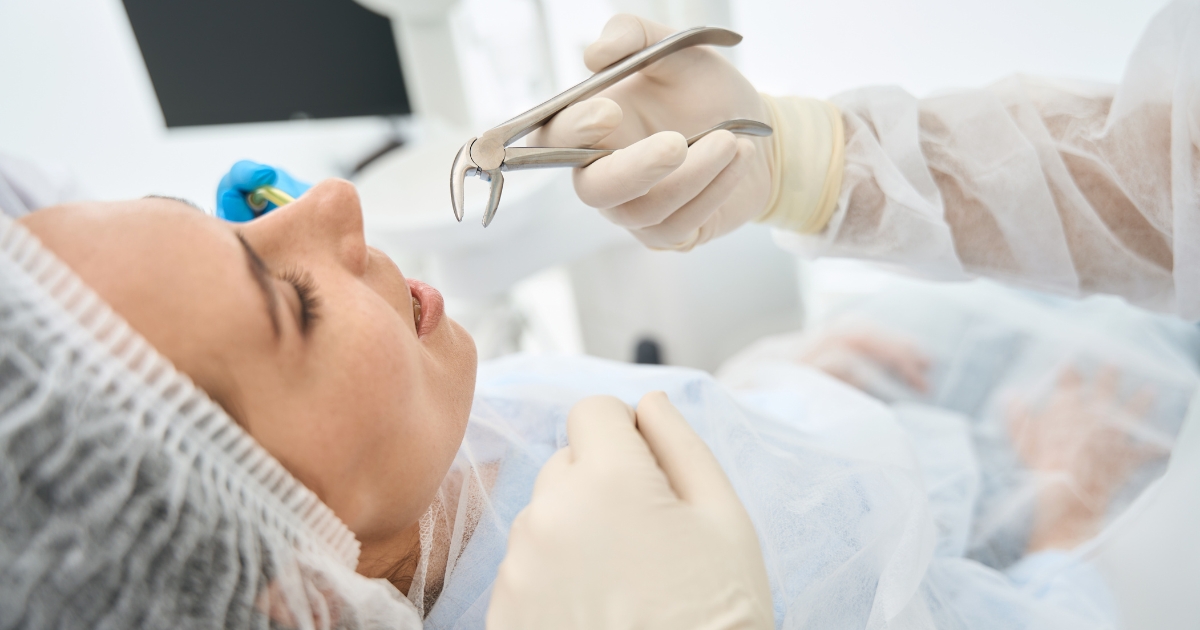
Ever wondered why dentists tell you to skip crunchy snacks after a tooth extraction? The answer lies in the delicate healing process your mouth undergoes after surgery. Eating the wrong foods could delay healing—or worse, cause a painful complication like dry socket. But don’t worry—this guide will walk you through what to eat and what to avoid to heal faster and stay comfortable.
Why Your Diet Matters After Tooth Extraction
To shield the bone and nerves beneath, a blood clot forms in the empty socket after a tooth is extracted. If this clot is dislodged, it can lead to dry socket—a painful condition that extends healing time and may require additional treatment.
That’s why choosing the right foods isn’t just about comfort—it’s crucial to your recovery.
Top Soft Foods That Promote Healing
Your diet after tooth extraction in Round Rock, TX, should focus on soft, easy-to-chew, and non-irritating foods. Here are the best options:
- Mashed potatoes – Filling and easy to flavor without chewing.
- Greek yogurt – Rich in protein and probiotics to help tissue repair.
- Smoothies – Packed with fruits, but skip the straw to avoid suction.
- Scrambled eggs – Soft texture and loaded with healing-friendly nutrients.
- Oatmeal or cream of wheat – Warm (not hot!) and soothing to eat.
- Applesauce or mashed bananas – Sweet, soft, and vitamin-rich.
Let hot foods cool down slightly to avoid irritating the wound.
Foods To Avoid After Tooth Extraction
Certain foods can disrupt healing and should be avoided for at least a few days post-extraction:
- Crunchy or hard foods like chips, nuts, and popcorn.
- Sticky candies or chewy snacks.
- Hot and spicy foods.
- Acidic fruits and juices.
- Carbonated beverages.
- Alcohol and smoking (these can seriously delay healing).
According to the American Association of Oral and Maxillofacial Surgeons, up to 30% of patients develop dry socket when proper post-op care isn’t followed—including poor dietary choices.
Hydration Is Just As Important
Staying hydrated is key to a smooth recovery. But there’s a catch—never use a straw after a tooth extraction. The suction can pull the blood clot out and result in complications.
- Drink water frequently.
- Avoid sugary sodas or alcohol.
- Sip slowly from a glass, especially in the first 48 hours.
Tips for a Smoother Eating Moment
- Chew on the opposite side of the extraction site.
- Eat slowly and mindfully.
- Keep portions small to avoid pressure near the wound.
- Brush gently, and rinse with salt water after meals (starting 24 hours after surgery).
When Can You Return To Your Normal Diet?
Most patients can gradually return to a regular diet in 7 to 10 days, depending on how complex the extraction was and how quickly you heal. A dentist will give you personalized instructions based on your case.
Eat Smart, Heal Fast
Tooth extractions don’t have to put your life—or your taste buds—on hold. By sticking to a soft food diet and avoiding harmful choices, you can speed up your recovery and avoid complications like dry socket.
Remember, your body heals better when you fuel it wisely.
Not sure if your favorite food is safe to eat after extraction? Contact our dentist for guidance, and when in doubt, stick to soft and soothing options until you’re in the clear.


